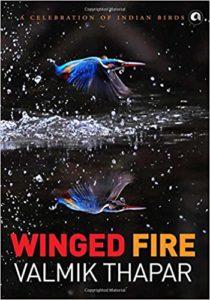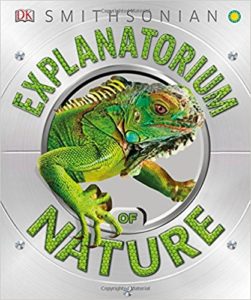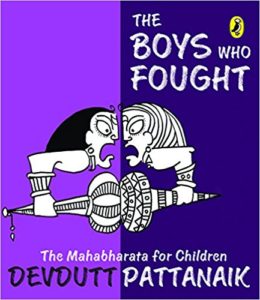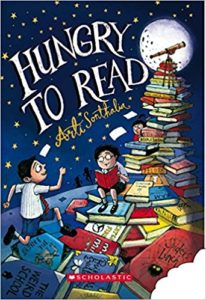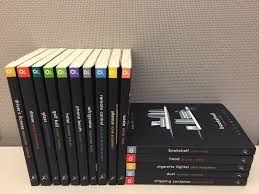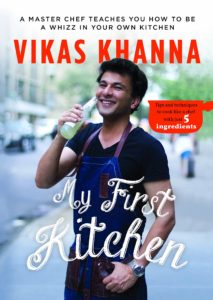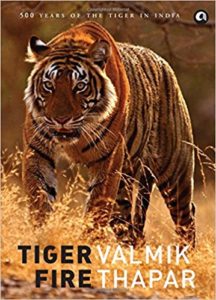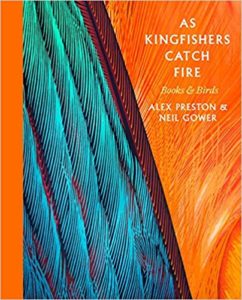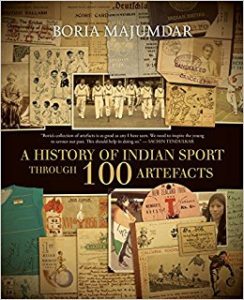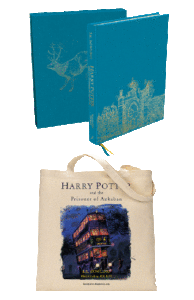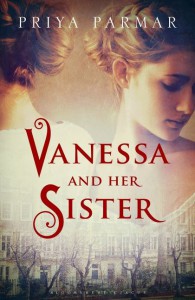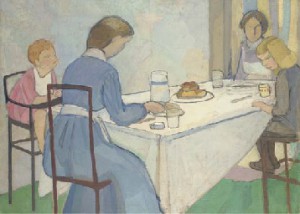Diwali 2017!
In June 2017 while inaugurating the National Reading Mission programme the prime minister of India said that instead of presenting bouquets people should gift books. A great idea! During Diwali, festival of lights associated with the arrival of Goddess Lakshmi, goddess of wealth and prosperity, folks gift presents to each other. Why not books?
 Here are my recommendations of some beautiful books. It is an eclectic list of books meant for readers of all ages. Diwali is an excuse to indulge oneself. Why not buy delicious books as gifts?!
Here are my recommendations of some beautiful books. It is an eclectic list of books meant for readers of all ages. Diwali is an excuse to indulge oneself. Why not buy delicious books as gifts?!
Dayanita Singh: Museum Bhavan An extraordinary publishing achievement is to package the mind-blowing exhibition curated by photographer Dayanita Singh into this nifty, limited edition, box. Every piece is unique. A timeless treasure!
The Illustrated Mahabharata This has to be one of the most scrumptious books ever available. It is a retelling of the Hindu epic with beautiful illustrations and layouts.
Scholastic Book of Hindu Gods and Goddesses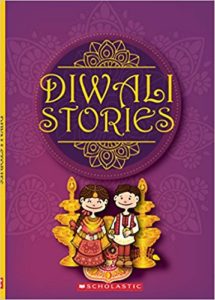
Bloomsbury Academic’s Object Lessons list is fantastic. For instance, Bookshelf, Veil, Dust, Cigarette Lighter, Silence etc.
Vikas Khanna’s richly produced collection of recipes My First Kitchen
Rehearsing Freedom : The Story Of A Theatre In Palestine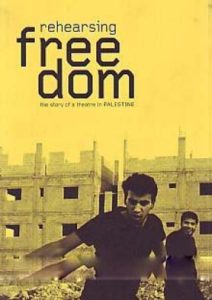
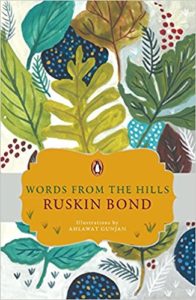 Words from the Hills A beautifully illustrated diary combining the talents of Ruskin Bond’s remarkable words with the stunning watercolours of Gunjan Ahlawat. A must have!
Words from the Hills A beautifully illustrated diary combining the talents of Ruskin Bond’s remarkable words with the stunning watercolours of Gunjan Ahlawat. A must have!
Meetings with Remarkable Manuscripts: Twelve Journeys into the Medieval World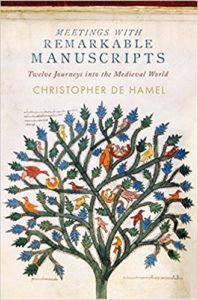
As Kingfishers Catch Fire: Birds & Books
Harry Potter: Prisoner of Azkaban ( Illustrated edition)
A History of Indian Sport Through 100 Artefacts curated by Boria Majumdar is an incredible book. For it documents the history of Indian sport in a manner that has not been seen before.
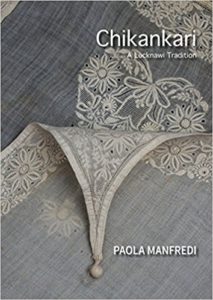 Chikankari: A Lucknawi Tradition
Chikankari: A Lucknawi Tradition
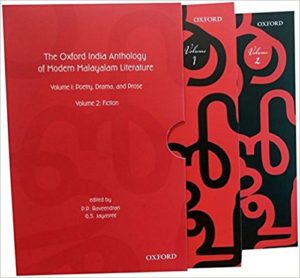 The Oxford India Anthology of Modern Malayalam Literature (2-Volume Set)
The Oxford India Anthology of Modern Malayalam Literature (2-Volume Set) 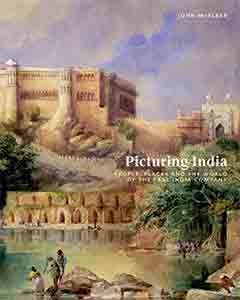
Picturing India: People, Places and the World of the East India Company
Wild Fire: The Splendours of India’s Animal Kingdom, Part 2 of The Indian Wildlife Trilogy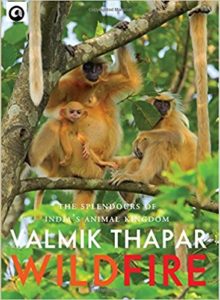
Winged Fire: A Celebration of Indian Birds, Part 3 of The Indian Wildlife Trilogy